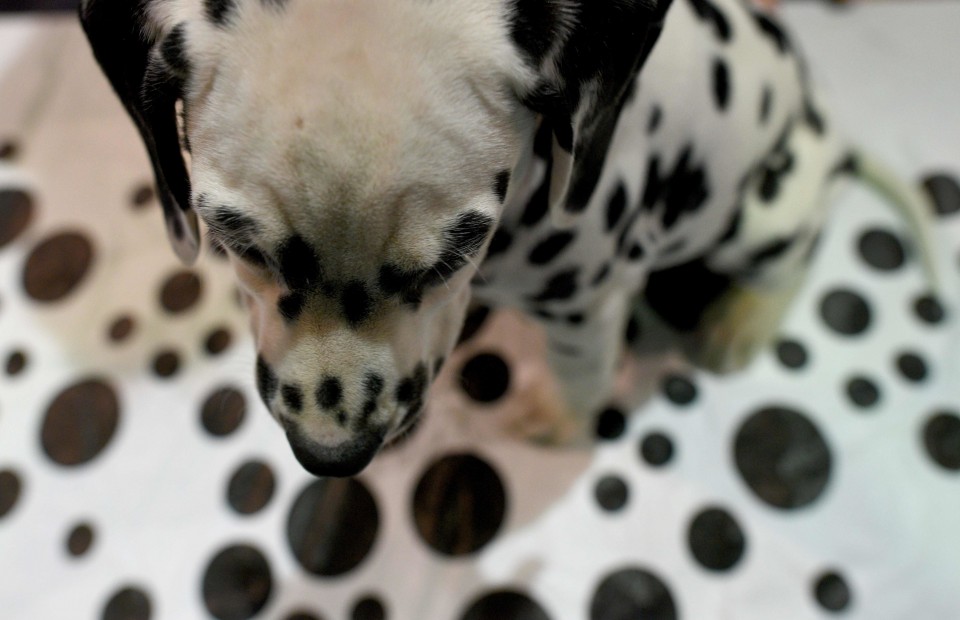Henry T. Greely is the Deane F. and Kate Edelman Johnson Professor of Law and Professor, by courtesy, of Genetics at Stanford University.
STANFORD, Calif. — David Ishee, a Mississippi kennel owner, wants to use genome editing to cure a genetic disease in Dalmatians. Kevin Esvelt, an MIT scientist, is exploring editing genes of wild mice on Nantucket Island to make them immune to the microbe that causes Lyme disease in humans. Revive & Restore, a non-profit, supports research exploring uses of genome editing to try to “de-extinct” passenger pigeons, heath hens and woolly mammoths as well as to help endangered species.
In West Africa, the Gates Foundation supports researchers who are laying the groundwork to release Anopheles gambiae mosquitoes, edited to cause a species population to collapse. The Anopheles mosquito carries the malaria parasite, so fewer Anopheles mosquitoes should mean less malaria. And someone, somewhere, is probably trying to use genome editing to try to turn a harmless microbe into a biological weapon — changing, say, mousepox into smallpox.
The tools for gene editing, especially the exciting advance known as CRISPR, work as well in non-humans as in humans, but fewer constraints apply to using them on non-humans. I support genome editing but it needs regulation, both to minimize possible real risks and to reassure the public about its safety. And any regulation must be nuanced, to distinguish between different levels of risks in different uses. Editing Dalmatians in a kennel is more controllable than releasing millions of edited mosquitoes; modifying laboratory pigs to take out certain embedded viruses is safer than editing mousepox. Our current “system” does not come close to those goals.
Part of the problem is that our anguished handwringing is almost exclusively focused on “designer babies” and modifying the human germline by making genetic changes that can pass on to future generations. Scientists have called for caution in using this technology to modify human babies and the idea has been the subject of a large, careful report from the U.S. National Academies of Science, Engineering and Medicine. But alarms about designer babies keep dominating headlines.
Human germline genome editing is not a crisis. We care deeply about the safety of human babies — human germline genome editing would need in vitro fertilization clinics, physicians, scientists and, most importantly, parents, to be all willing to put babies at high risk. The U.S. Food and Drug Administration, which carefully regulates drugs and biological products, has made it clear that doing this in humans would require its permission. And Congress, through appropriations provisions, has forbidden the FDA from even considering applications to change human germline genomes. It will be decades, if ever, before germline editing of human babies is common.
The same protections are not in place when it comes to genetically modifying animals. Making mosquito larva, baby mice or modified microbes doesn’t require IVF clinics, physicians or willing human parents. CRISPR is simple and ubiquitous enough that a biology major with a thousand dollars and a kitchen could start changing microbes, plants and some animals. In fact, some are eager to help those amateurs by selling do-it-yourself CRISPR kits for as little as $159.
Unfortunately, our regulatory structure governing such uses is deeply flawed. It was stitched together in the mid-1980s to deal with the first generation of genetically modified crops, those with so-called “transgenes,” imported from another species. The FDA, Environmental Protection Agency and U.S. Department of Agriculture were given new duties under interpretations of their existing statutory authority, but no new laws were passed.
We already have proof of the inadequacy of this approach. In 2016, the USDA ruled that it did not have the power to judge the safety of a white button mushroom that had, through CRISPR, had the gene disabled that caused it to turn brown when cut. The USDA said that its authority only covered instances when new genetic material was added. The GMO crops used in the U.S. over the last three decades have been created that way and hence have been released only after careful review. These mushrooms had had old genetic material removed and received no such review.
Former President Barack Obama’s administration was not blind to these problems. The White House Office of Science and Technology Policy embarked on a several-year effort to recommend a new structure for oversight of biotechnology, and the administration commissioned a National Academies study of the problem.
On Jan. 19, the day before President Donald Trump’s inauguration, the USDA and FDA both issued documents shuffling some of their responsibilities. The USDA proposed a rule claiming authority over crops whose genomes were edited by methods that, unlike those of the past, did not insert new DNA. But on Nov. 6, the new administration announced it was withdrawing that action and would “re-engage” with “stakeholders.” The statement doesn’t say which stakeholders but its emphasis on the need to grow more food seems to imply a focus on industry and agriculture, not consumers and safety advocates.
The FDA’s documents were a stringent draft guidance on “animals with intentionally altered DNA” as well as a request for comments on dividing responsibility of modified mosquitoes with the EPA. The new administration has not yet taken action on those proposals, and I worry that the first one applies too uniformly stringent a regulatory hand.
CRISPR not only greatly increases the possible uses of genome editing but also increases the number of possible users. Big corporations and universities are easy targets — regulators know where to find them and those institutions have systems for dealing with research regulation and important things to lose from mistakes. But how do regulators know how to find and control DIY users? People will use these techniques for a wide range of uses, from pets to flowers and beyond.
The problem of regulating CRISPR is similar to what the Federal Aviation Administration faces with drones. It is used to dealing with airlines and even private pilots, but hundreds of thousands of recreational drone owners cause real difficulties.
More importantly, even if all the actors can be regulated, how should they be regulated? What level of pre-approval or oversight is necessary for what kinds of work, and what level would stifle valuable innovation? Who will decide what is safe, and how safe is safe enough?
These are serious and difficult questions. We need to be discussing them, not designer babies. Mice, mosquitos and microbes aren’t as exciting, but they desperately need our attention — now.
This was produced by The WorldPost, a partnership of the Berggruen Institute and The Washington Post.





